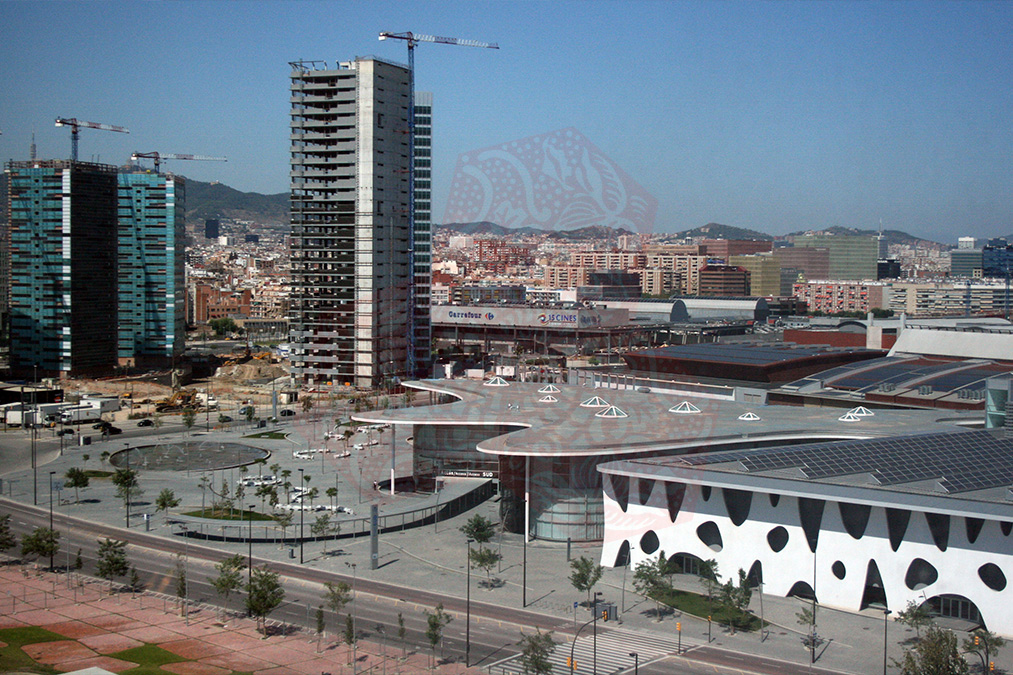L’Hospitalet de Llobregat
L’Hospitalet de Llobregat (in Catalan), or Hospitalet de Llobregat (in Spanish),[a] often shortened to L’Hospitalet, is a municipality to the immediate southwest of Barcelona in Catalonia, Spain.
By population, it is the second largest in Catalonia and the sixteenth in Spain. By population density, is notable for being one of the most densely populated cities in the European Union.
The first records of the settlement date to the Neolithic era with artefacts showing human habitation in the Llobregat river area. Roman artefacts have been found dating to the 2nd century BC such as a funeral decoration representing the head of Medusa now in the archaeological museum of Barcelona. However it is not until the 10th century that written references to Provençana (the city’s original name) appear. The current name originates from the Catalan language and derives from a hostel next to the Church Saint Eulalia of Provençana (Santa Eulàlia de Provençana) used by pilgrims in the Middle Ages. The city retained the character of a village until the 19th century when the first textile factories were built causing a population boom.[citation needed] The 1960s and 1970s saw a second population boom, caused by immigration from poorer regions of Spain: however this was not matched by construction of the necessary amenities and it was only in the 1990s that public investment resulted in additional schools, leisure facilities and housing.
The Swedish painter and former anarchist, later convert to Islam, ‘Abd al-Hādī ‘Aqīlī, formerly known as Ivan Aguéli, died there, being killed by a train, in 1917.
The main reason people would choose to stay in this area is to attend a tradeshow or exhibition at Fira Gran Via, which was located in L’Hospitalet as part of the regeneration of the area.


